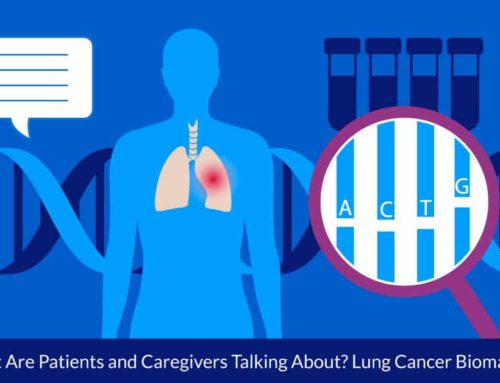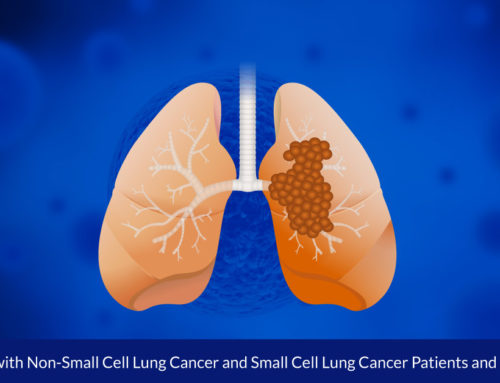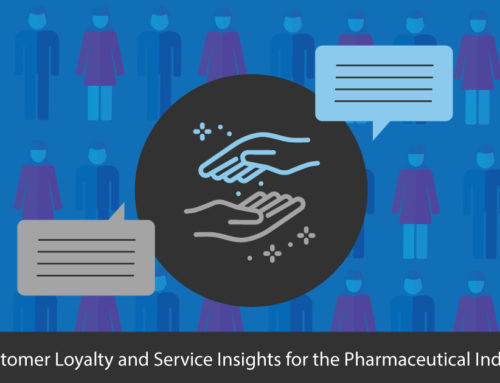Find Your SMART: A blueprint for patient engagement

The drug development process has historically siloed pharmaceutical companies and patients until the time comes for clinical trials. Drug development is a complex, expensive process that requires a lot of expertise. But patients are experts on their own experience of illness and their insights should be more integral to drug development.
The pharmaceutical industry is already on the path towards integrating the patient experience early and often in the drug development process, partly because of the 21st Century Cures Act, which was made law in 2016 [my colleague Jeff Terkowitz had previously discussed it here].
Some companies are already on board with a stronger patient voice, but barriers within pharmaceutical companies slow down the progress of integrating patient engagement.
What is needed is a framework for engagement and guidance to navigate barriers. A series of presentations at the Second Annual Patient-centric Clinical Research: Engagement and Innovation Conference in conducted in March 2017 in Springfield Virginia offered an outline to embedding the patient voice more firmly in R & D, including execution and metrics that help demonstrate the value of incorporating the patient voice in the drug development process. These concepts are summarized into 5 key areas below:
Read more and access the entire blueprint by downloading the eBook below.
Inspire offers a trusted community to patients and caregivers. Our goal with this blog, this website and our content is to provide the life science industry access to the true, authentic patient voice. In so doing, we support faithful operationalization of patient-centricity. Take a look at our case studies, eBooks and news outlet coverage.






